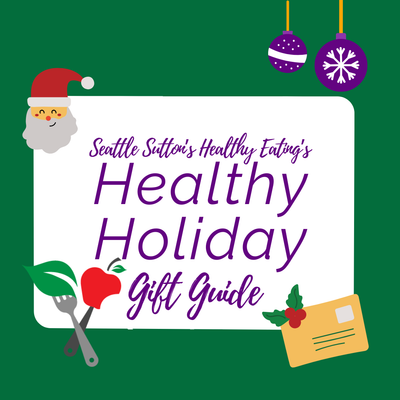Is a No Salt Diet Healthy?
While too much sodium is often highlighted as a health risk, consuming too little can also have serious repercussions on your health.
With February marking American Heart Month, we are going to take a deep dive into the idea that you can’t eat any salt. Keep reading to understand the vital role sodium has in the body, the risks of consuming too little and too much, the recommended intake for health, and how Seattle Sutton's Healthy Eating can help.
While it is uncommon for most people to not get enough sodium in their diets, some people mistake recommendations from their medical team and believe they need to drastically cut their sodium or follow a “no salt” diet.
According to the American Heart Association, individuals should aim for no more than 2,300 mg of sodium a day and some individuals may need to cut further to 1,500 mg daily. The average American’s diet is closer to 3,500 mg, a whooping 1,200-2000 mg over their recommendations.
Understanding Sodium's Role in the Body
Sodium is an essential mineral that plays a crucial role in maintaining various body functions. It helps regulate fluid balance, supports nerve function, and aids in muscle contractions. Without adequate sodium, the body cannot perform these vital tasks effectively.
Sodium is also involved in the absorption of nutrients in the digestive tract and helps maintain stable blood pressure levels. Given its numerous functions, it's important to get the right amount.
Other roles salt has in the body include:
- Electrolyte Balance
- Hormone Regulation
- Controlling Blood Volume
- Maintain normal heart rhythm
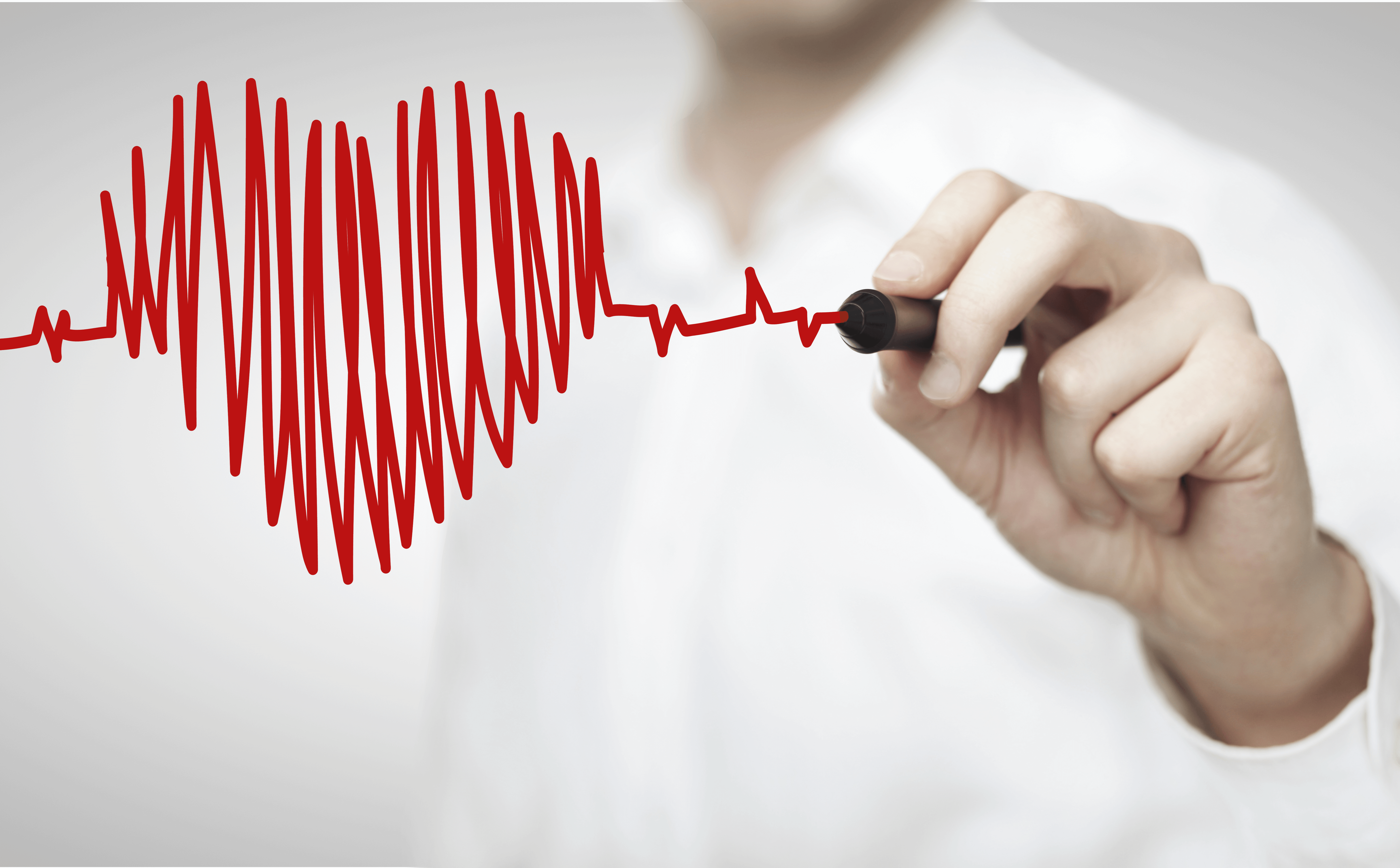
Health Risks Associated with Low Sodium Intake
Consuming too little sodium can lead to a range of health issues. Hyponatremia is a condition characterized by low levels of sodium in the blood. Symptoms of low sodium levels in the blood include:
- Headache
- Confusion
- Nausea and vomiting
- Fatigue
- Muscle weakness
- In extreme cases, seizures & coma
While eating too little salt rarely causes hyponatremia, certain health conditions or medications that cause fluid loss or fluid buildup may lead to the condition especially if enough sodium is not added back to the body through foods and drinks. In the situation of fluid buildup, the bloodstream’s amount of sodium gets diluted, and treatment usually involves restricting fluid intake and removing excess fluid from the body.
Long-term low sodium intake can contribute to increased risk of heart disease, muscle cramps, and impaired kidney function. It is essential to strike a balance in sodium consumption to avoid these adverse health outcomes.
The body needs about 500 mg of sodium a day to function properly, which is the about ¼ teaspoon. Aiming for no sodium per day is not only unrealistic but also can be dangerous. In fact, research has suggested that cutting sodium too low, such as less than 500 mg of sodium per day, for individuals with Congestive Heart Failure could increase the risk of death and hospitalization.
Concerns with High Salt Diet
Salt in the body helps maintain the right amount of fluid in the bloodstream. Eating too much can raise your blood pressure, lead to fluid buildup and swelling. According to the American Heart Association, having too much sodium could increase the risks of the following:
- Headaches
- Kidney Disease
- Osteoporosis
- Stroke
- Heart Failure
- Kidney Stones
- Stomach Cancer
The Kidney Dietitian, Melanie Betz, doesn’t recommend eating less than 1500 mg of sodium per day. However, she still encourages a low salt diet. “A high sodium diet can cause high blood pressure, which is the number one cause of kidney disease in the United States.”

Recommended Sodium Intake for Optimal Health
According to health guidelines, adults should aim for a daily sodium intake of 1,500 to 2,300 mg. This range helps ensure that the body has enough sodium to perform its essential functions without risking the negative effects of excessive intake.
For individuals with specific health conditions such as hypertension or heart disease, it may be recommended to consume sodium on the lower end of this range. Always consult with a healthcare provider to determine the best sodium intake for your personal health needs.
It is important to know that 70% of the sodium in our diet comes from packaged foods, which for the average person equals about 2380 mg a day. The guidelines to purchase more fresh foods, cook meals at home, and avoid adding salt to dishes are typically designed to reduce sodium intake, acknowledging that some sodium comes naturally from the foods we consume. However, many people confuse the "No Added Salt" recommendation with a "0 mg sodium" diet.
Do You Know Foods High in Sodium?
Many people underestimate the amount of sodium they eat regularly. Often when thinking of salty foods people think of chips, pretzels, and canned foods but they are unaware of the top sources of sodium in the diet. According to the CDC, these foods are some of the top sources of sodium in the diet:
- Bread & Rolls
- Pizza
- Sandwiches
- Lunch meat and cured meat
- Soups
- Burritos
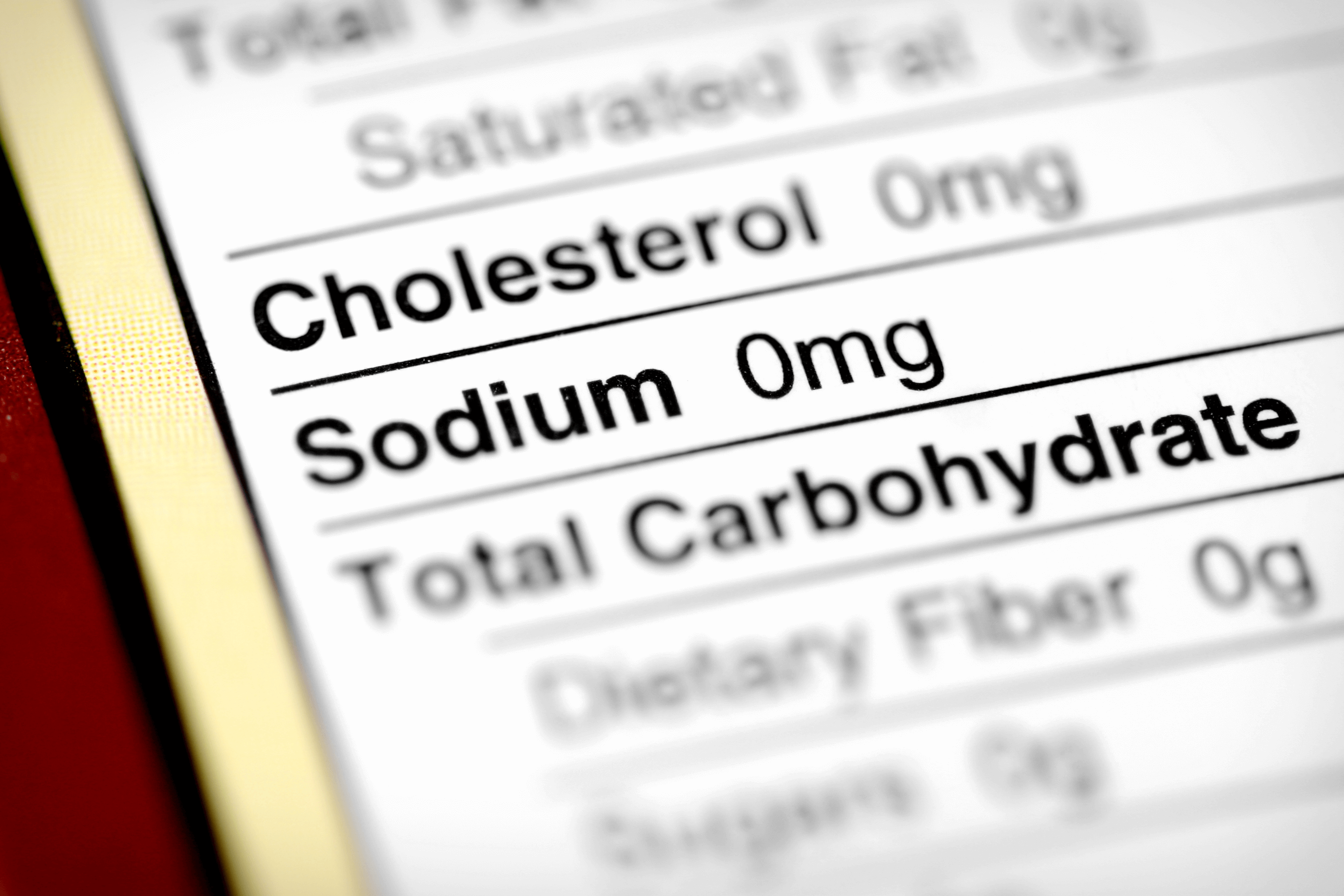
Other Important Considerations
Elite athletes and individuals who work in hot temperatures are likely to need more sodium than other individuals as they lose a lot of sodium through sweat that needs to be replaced to maintain the right balance in the body.
In addition, people who are acutely sick with vomiting and diarrhea may need to adjust the amount of sodium they consume to replenish the loss of electrolytes.
How Seattle Sutton's Healthy Eating Can Help Maintain Sodium Balance
Seattle Sutton's Healthy Eating offers meal plans that are designed to provide balanced nutrition, including appropriate levels of sodium. Our meals are crafted to meet the Dietary Guidelines and the recommendations from the American Heart Association, ensuring you receive the right amount of sodium without exceeding the recommended limits.
Our plans average between 1500-2300 mg. Our 1200 calorie meal plan is the most popular choice among people looking to improve their heart health with an average of 1500 mg of sodium per day. The vegetarian meal plan, 1500 calories, averages less than 1800 mg of sodium per day and the 2000 calorie meal plan averages less than 2300 mg.
By choosing Seattle Sutton's Healthy Eating, you can enjoy the convenience of pre-prepared meals that support your health goals. This can be particularly beneficial for those who don’t want to worry about managing their sodium intake on their own. Following a heart healthy diet shouldn’t be difficult, boring, or tasteless…check out our meals today!



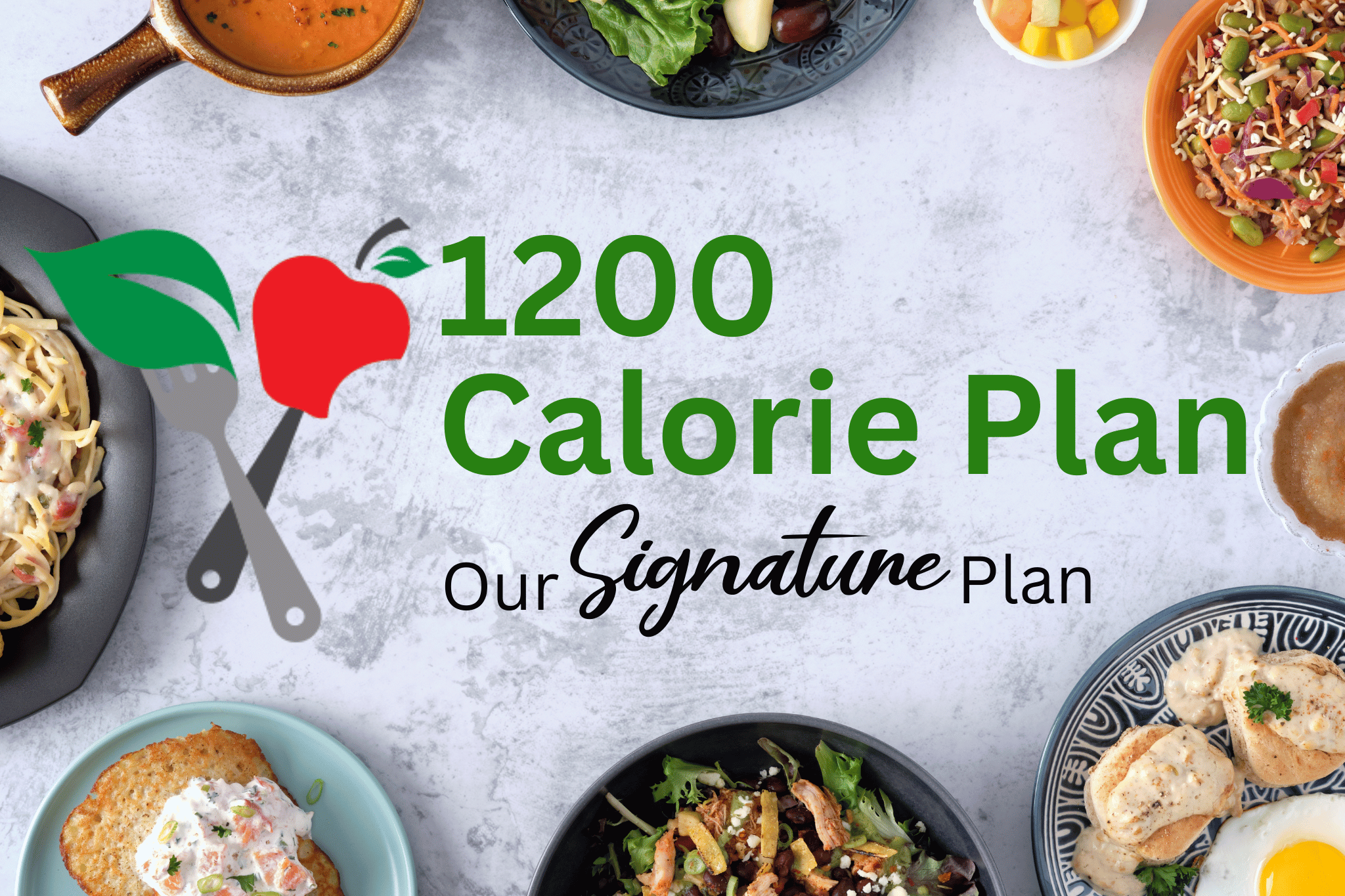

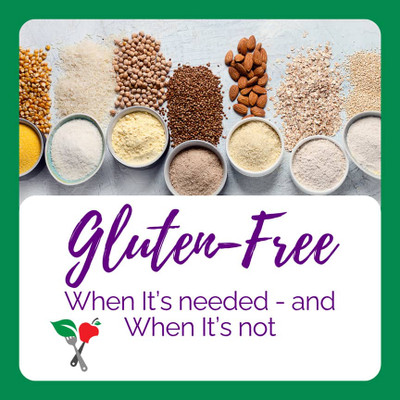

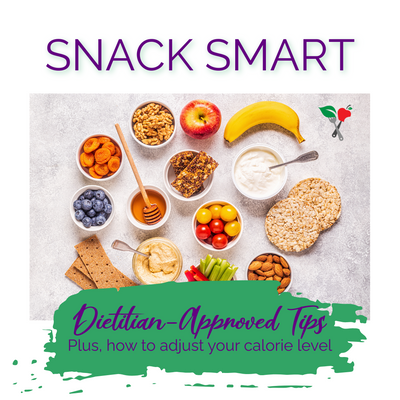
 Weight Loss
Weight Loss Health & Wellness
Health & Wellness Diabetes
Diabetes Heart Health
Heart Health Motherhood & Family
Motherhood & Family Dietary Restriction
Dietary Restriction Other Health Conditions
Other Health Conditions About SSHE
About SSHE

